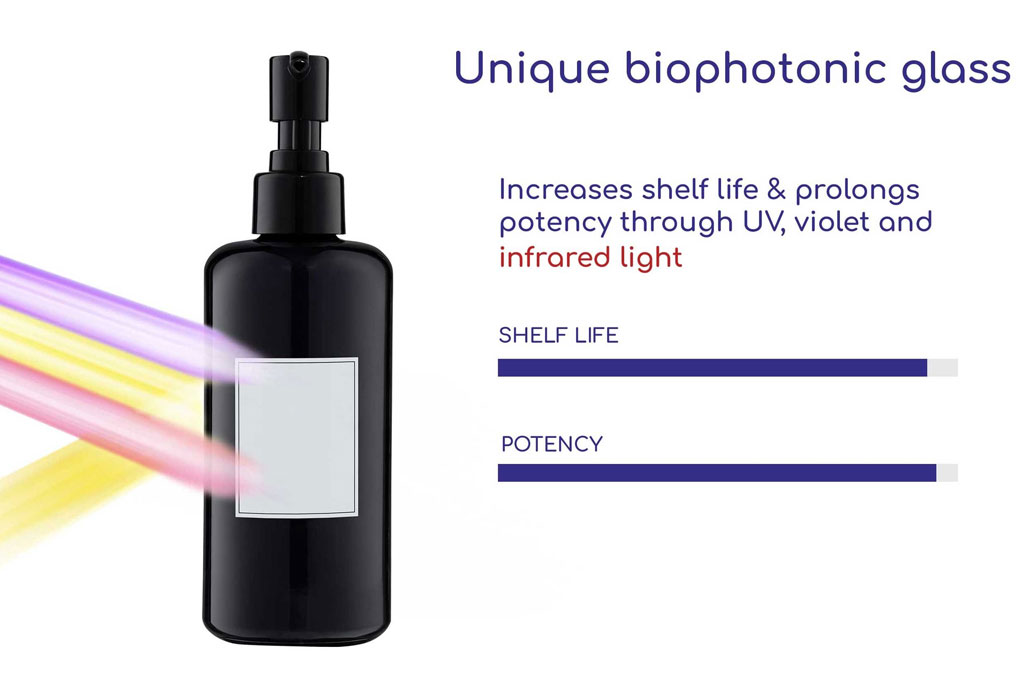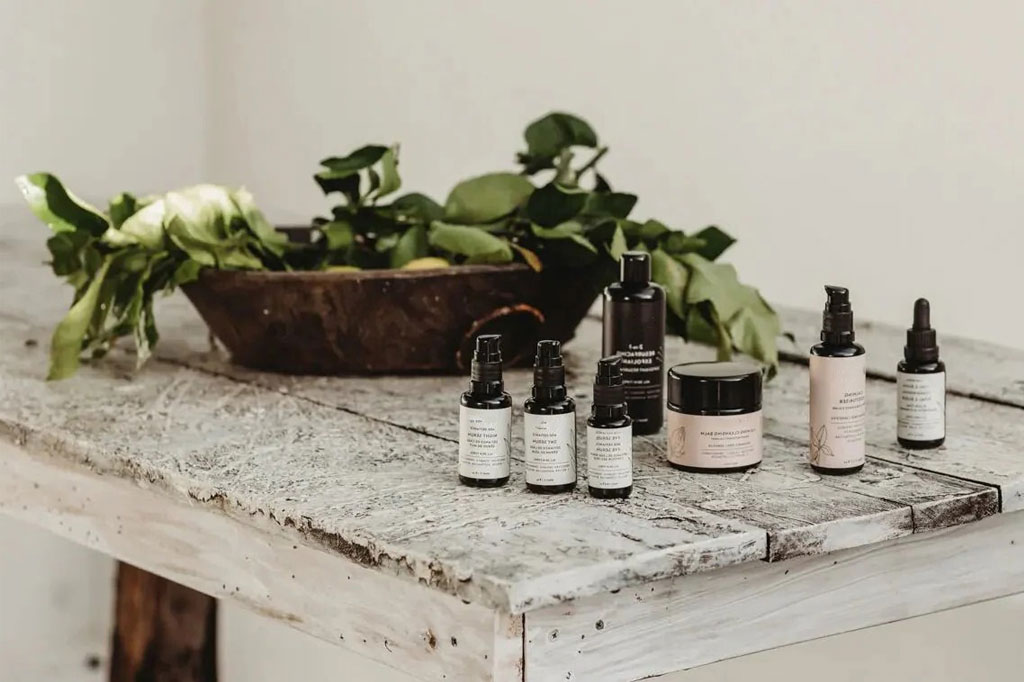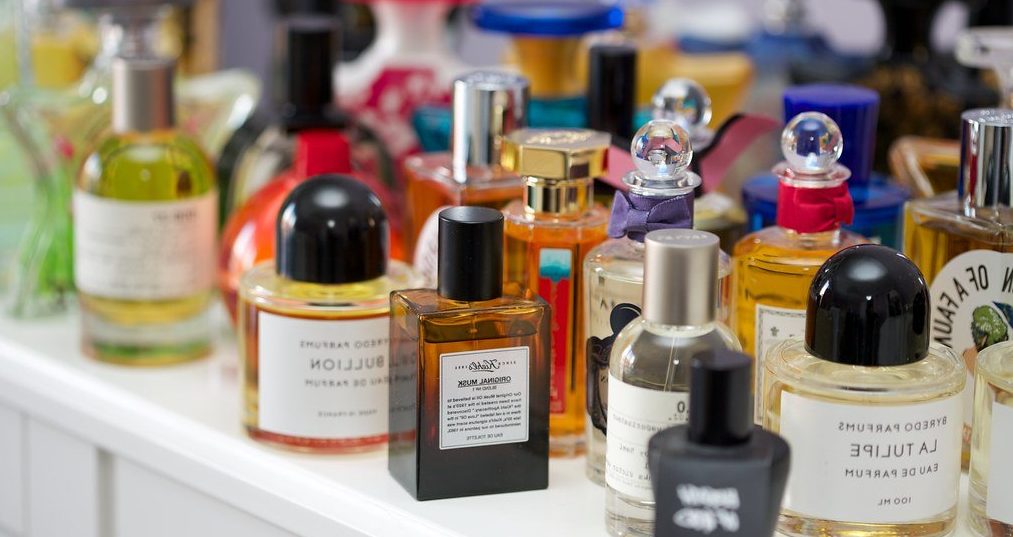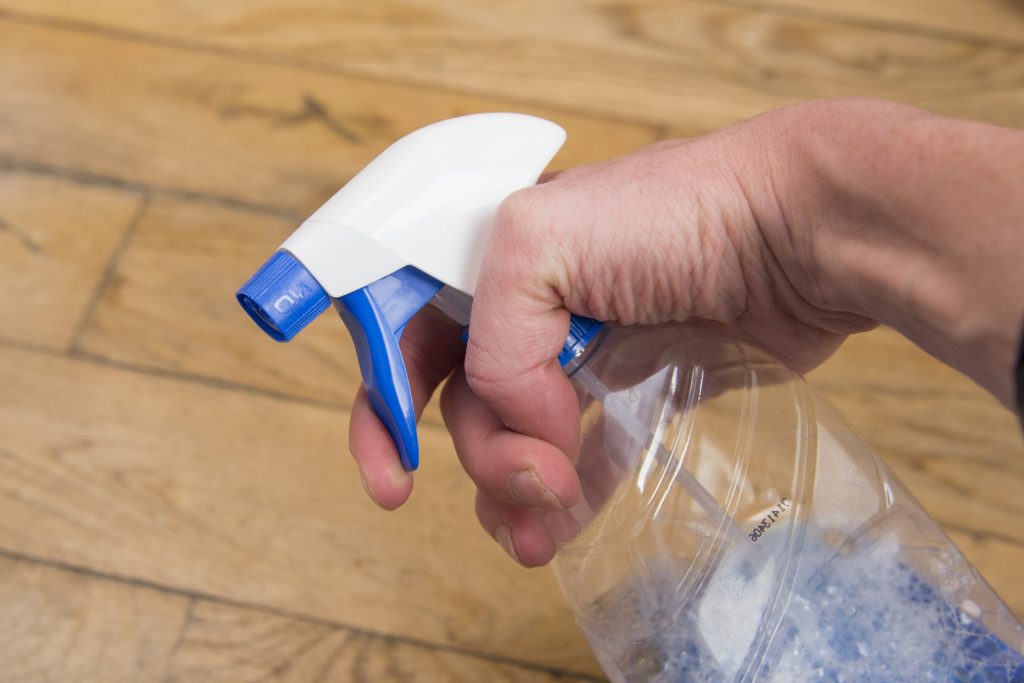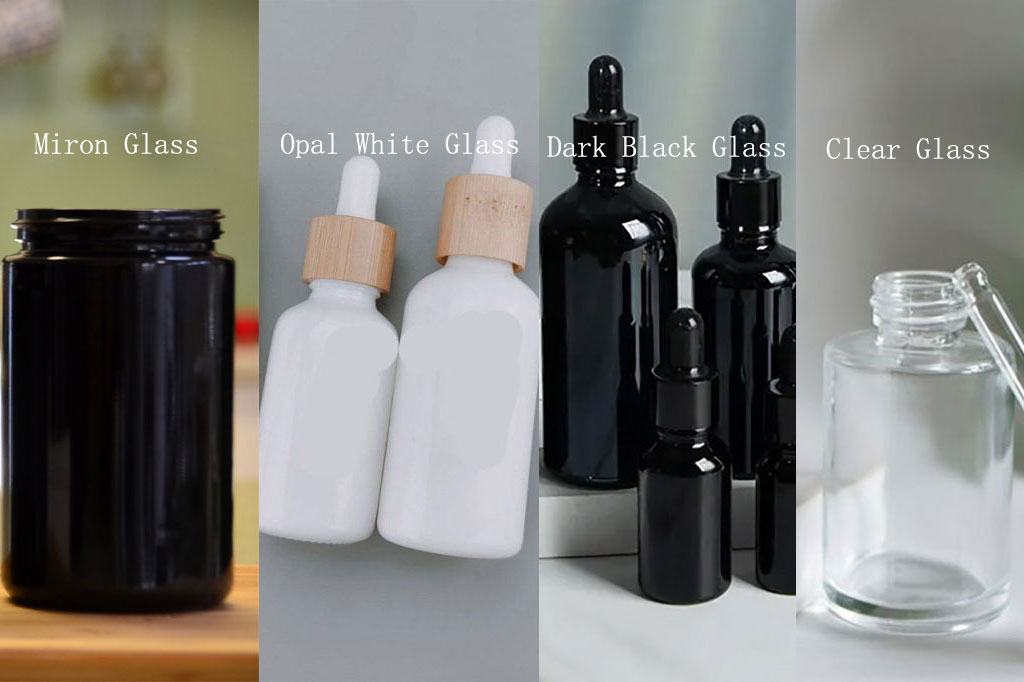In an era where sustainability and health-conscious choices are at the forefront of consumer concerns, innovative solutions that marry functionality with eco-friendliness are increasingly in demand.
Biophotonic glass, a cutting-edge material gaining traction in the various industry, stands as a prime example of such innovation.
This article explores the intricacies of biophotonic glass, shedding light on its composition, functionality, benefits, and its potential impact on the cosmetic and skincare packaging landscape.
1. What is Biophotonic Glass?
Biophotonic glass, also known as violet glass or Miron glass, is a specialized type of glass renowned for its ability to filter light wavelengths selectively.
Unlike traditional glass, which allows visible light to penetrate and degrade the contents over time, biophotonic glass is designed to only permit the passage of specific light frequencies, primarily in the violet and ultraviolet spectrum.
This unique property serves to preserve the integrity and potency of the substances housed within.
2. How Does Biophotonic Glass Work?
The secret behind biophotonic glass lies in its molecular structure and composition. Comprised of high-quality, dark violet glass, it effectively blocks the entire spectrum of visible light, with the exception of violet and ultraviolet wavelengths.
This selective filtration process acts as a natural barrier against the harmful effects of light exposure, such as photooxidation and photodegradation, which can lead to the deterioration of sensitive substances.
By harnessing the beneficial properties of violet and ultraviolet light, biophotonic glass facilitates a phenomenon known as the “biophotonic effect”, which refers to the ability of certain wavelengths of light to positively interact with organic matter, enhancing its stability, freshness, and shelf life.
Consequently, products stored in biophotonic glass experience prolonged preservation and heightened bioavailability of their essential nutrients and active compounds.
3. What Are the Benefits of Using Biophotonic Glass?
The utilization of biophotonic glass offers a myriad of advantages across diverse applications:
- Preservation of Freshness: By shielding contents from harmful light exposure, biophotonic glass maintains the freshness and potency of perishable goods, including food, beverages, and pharmaceuticals.
- Extended Shelf Life: Products stored in biophotonic glass exhibit an extended shelf life compared to those housed in conventional packaging, thereby reducing waste and enhancing cost-effectiveness.
- Enhanced Bioavailability: The biophotonic effect facilitates the retention of vital nutrients, antioxidants, and bioactive compounds within the packaged substances, ensuring maximum efficacy and absorption upon consumption.
- Aesthetic Appeal: Biophotonic glass has a unique aesthetic appeal due to its deep violet color. This distinctive appearance can enhance the perceived value of products and contribute to brand differentiation.
- Sustainable Packaging Solution: Biophotonic glass is inherently eco-friendly and recyclable, aligning with the principles of sustainability and minimizing environmental impact.
4. What Products Can Be Stored in Biophotonic Glass?
The enhanced preservation and protection of biophotonic glass renders it suitable for a wide range of products. Common applications include:
- Nutraceuticals and Supplements: Vitamins, antioxidants, and herbal supplements are often packaged in biophotonic glass to safeguard their potency and efficacy.
- Gourmet and Specialty Foods: Delicate oils, spices, and gourmet delicacies benefit from the light-filtering properties of biophotonic glass, preserving their flavor and nutritional value.
- Skincare and Cosmetic Formulations: High-quality skincare products and cosmetic formulations, such as essential oils, serums and creams are housed in biophotonic glass to maintain their efficacy and prevent oxidation.
5. Can Biophotonic Glass Be Recycled?
Unlike certain plastics and composite materials that pose challenges in the recycling process, biophotonic glass can be easily recycled without compromising its quality or properties.
By participating in recycling initiatives and promoting responsible waste management practices, consumers and manufacturers alike can contribute to the circular economy and minimize the environmental footprint of packaging materials.
6. Does Biophotonic Glass Cost More Than Traditional Glass Packaging?
Yes, biophotonic glass typically costs more than traditional glass packaging. Its specialized functionality requires specific manufacturing processes and materials, contributing to its higher cost compared to regular glass packaging.
However, the increased cost is often justified by the added value it brings in preserving the quality and efficacy of sensitive contents, such as pharmaceuticals, supplements, and certain food products, over extended periods. The benefits of using biophotonic glass in terms of product preservation and shelf life can outweigh the initial higher cost for many manufacturers and consumers.
7. In Conclusion
Biophotonic glass represents a revolutionary advancement in packaging technology, offering unparalleled protection, preservation, and sustainability benefits across various industries.
By harnessing the power of light in a controlled and selective manner, biophotonic glass ensures that products remain fresh, potent, and environmentally friendly throughout their lifecycle.

